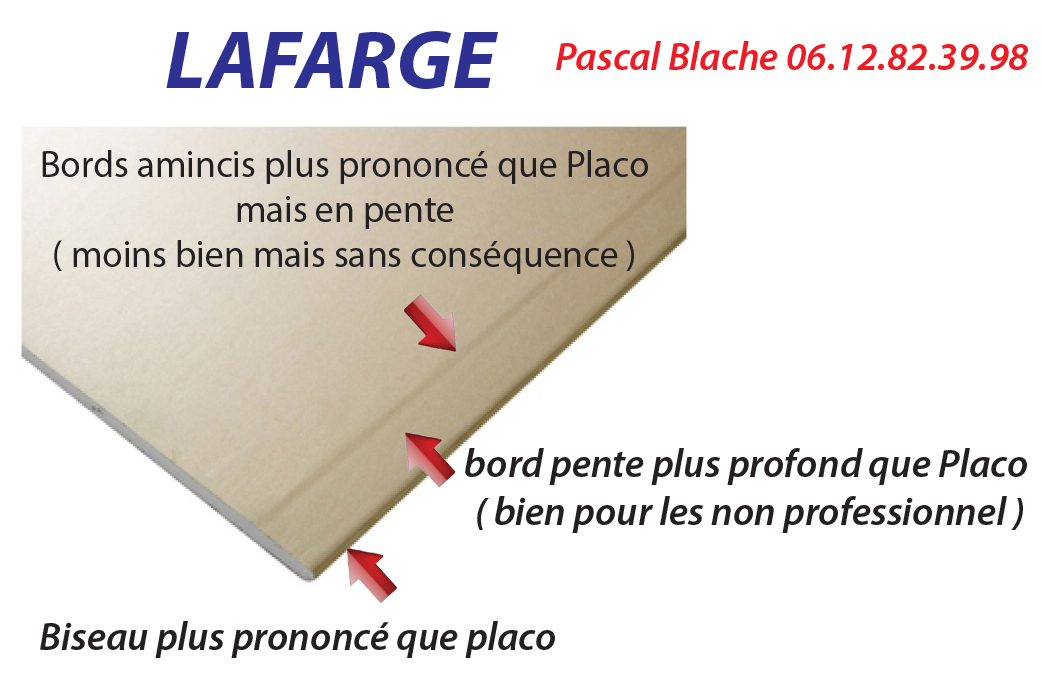
It is a ruby colour around ph 6,. 20 grams alkanet root rhubarb dye powder.
Alkanet Dye Colour. It is a ruby colour around ph 6,. One of them being alkanet root.
 Results from Dye Day 1 Root Grackle & Sun From grackleandsun.wordpress.com
Results from Dye Day 1 Root Grackle & Sun From grackleandsun.wordpress.com
The stems and leaves of this perennial dyeplant are covered with stiff hairs. It is a ruby colour around ph 6,. Dyer’s alkanet is a very attractive purple colourant that is found in the roots of plants belonging to the borage family.
Results from Dye Day 1 Root Grackle & Sun
I’ts traditionally used indian dish rogan josh and in tinting inferior port wine to make it look a higher quality. The first of these, alkannic. Alkanet may be used wet or dry as eyeshadow, eyeliner, brow liner, blush, bronzer, lipstick, or lip liner. 20 grams alkanet root rhubarb dye powder.
 Source: maiwa.com
Source: maiwa.com
It is a warm, intense, concentrated color and. The alkanet dye, alkannin, produced from dried alkanet roots, produces lavender and purple colours when simmered in water. It is a ruby colour around ph 6,. I introduced a tin wash which changed the colour to a bright blue and purple. Dyer’s alkanet is a very attractive purple colourant that is found.
 Source: naturaldye.nl
Source: naturaldye.nl
I steeped the alkanet root in rubbing alcohol for a week and the liquid became a deep red, which seemed full of promise. Native to the mediterranean, alkanet root is primarily used as a dying agent to impart a ruby red color to natural fibers and wood. I introduced a tin wash which changed the colour to a bright blue.
 Source: hubpages.com
Source: hubpages.com
I introduced a tin wash which changed the colour to a bright blue and purple. The stems and leaves of this perennial dyeplant are covered with stiff hairs. The alkanet dye, alkannin, produced from dried alkanet roots, produces lavender and purple colours when simmered in water. The colour is red at ph 6.1, purple at 8.8 and blue at ph.
 Source: hubpages.com
Source: hubpages.com
Some people in britain are familiar with green alkanet pentaglottis sempervirens, and it’s the bane of many a gardener. Dyer’s alkanet is a very attractive purple colourant that is found in the roots of plants belonging to the borage family. The colour varies with ph; Firstly, alkanet (alkanna tinctoria), ratanjot (onosma echioides) and gromwell (lithospermum erythrorhizon) are, as you can.
 Source: maiwa.com
Source: maiwa.com
Some people in britain are familiar with green alkanet pentaglottis sempervirens, and it’s the bane of many a gardener. It grows uncultivated throughout central europe and extends to central asia. Alkanna tinctoria commonly known as alkanet, bugloss, anchusa, spanish bugloss, dyer’s bugloss, orchanet, common alkanet and hoary puccoon is a plant in the boraginaceae. Alkanet may be used wet or.
 Source: thecraftersshop.co.uk
Source: thecraftersshop.co.uk
It is usually sold in powdered/ground or chopped form. Gawalowski, the red coloring matter of alkanet root consists of two distinct bodies, the one turning blue, the other green by the action of alkalis. In alkaline environments, alkanet dye has a blue color, with the color changing again to crimson on addition of an acid. The colour is red at.
 Source: imaherb.com
Source: imaherb.com
I introduced a tin wash which changed the colour to a bright blue and purple. Alkanet root is used as a dye, typically through infusion. Alkanet root dye recipe for linen, cotton and cellulose fibres. The alkanet dye, alkannin, produced from dried alkanet roots, produces lavender and purple colours when simmered in water. Alkanet, ratanjot & gromwell for natural purple.
 Source: grackleandsun.wordpress.com
Source: grackleandsun.wordpress.com
Dyer’s alkanet is a very attractive purple colourant that is found in the roots of plants belonging to the borage family. The root produces a red dye, alkannin, which has been used in the. In alkali environments the alkanet dye has a blue/purple color, with the color changing again to crimson on addition of an acid. It is a ruby.





